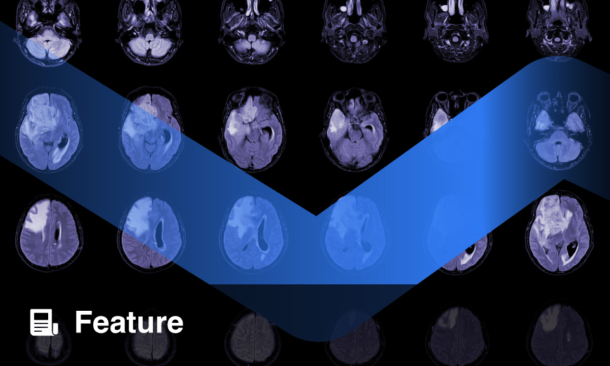A new computational tool developed by researchers at the Children’s Hospital of Philadelphia (CHOP), Pennsylvania, USA, provides researchers with assistance interpreting the clinical significance of somatic mutations in cancer. The tool, known as CancerVar, utilises a machine learning framework to identify somatic cancer mutations and interpret the significance in terms of cancer diagnosis, prognosis, and targetability to significantly reduce the manual work of human reviewers.
“CancerVar documents and harmonises various types of clinical evidence including drug information, publications, and pathways for somatic mutations in detail. By providing standardised, reproducible, and precise output for interpreting somatic variants, CancerVar can help researchers and clinicians prioritise mutations of concern,” explained Kai Wang, Professor of Pathology and Laboratory Medicine, Perelman School of Medicine, University of Pennsylvania.
As next-generation sequencing has grown and precision medicine has become increasingly central to cancer care, so has the number of somatic cancer variants identified. Several databases have been established to catalogue and relate these mutations; however, these have no universal standardised method of interpreting mutations. CancerVar uses command-line software Python along with a web server to improve somatic variant interpretation. The server includes clinical evidence on 13 million somatic cancer variants from 1,911 cancer genes extracted from existing studies and databases.
CancerVar also uses deep learning technology to improve output. Clinical interpretations can be queried with additional information such as chromosome position or protein change, and results can be weighted based on prior knowledge and specified user criteria. Wang emphasised that further research could see this tool applied to other areas of pathology.
“This tool shows how we can use computational tools to automate human generated guidelines, and also how machine learning can guide decision making,” summarised Wang.







